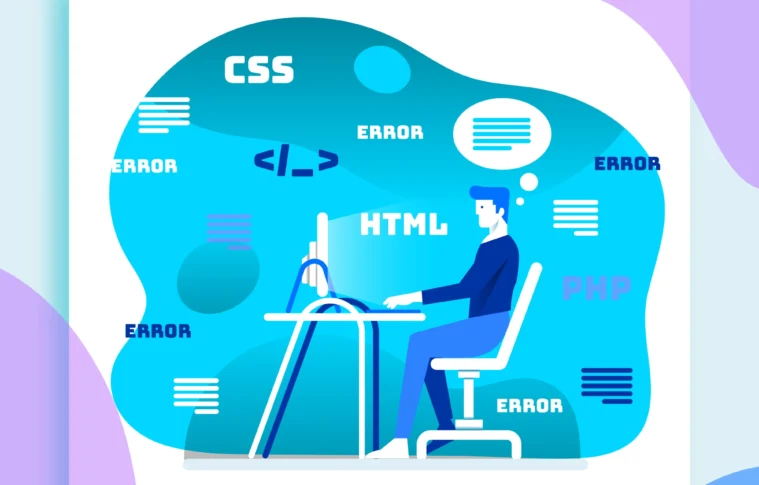Did you know that there are over 1.85 billion iOS users worldwide? The figures are on the rise, with the popularity of iPhones and iPads increasing every single day. While the number of iOS apps on the App Store keeps growing, it is not easy to build an app in a day or two.
In fact, it may take several days to weeks for a Swift development company to build a high-end, user-friendly iOS app. There are several frameworks and programming languages that every Swift app development company should be aware of to maximize their development capabilities.
Whether you’re a business considering hiring a Swift developer or looking to pursue Swift development as your career, here are 10 essential iOS frameworks that every Swift app development company should know to create exceptional iOS applications.
Top 10 iOS Frameworks Every Swift App Development Should Know
Below we have listed the top 10 essential iOS frameworks that integrate with Swift app development to build a scalable, high-end mobile app.
UIKit
UIKit is a basic framework for creating iOS user interfaces. The framework provides comprehensive components and tools for designing and implementing excellent and visually stunning user interfaces.
UIKit offers various pre-built UI elements, such as labels, buttons, tables, and text fields. It also provides advanced components like tab bars, navigation controllers, and collection views.
By leveraging UIKit, a Swift app development company can create an intuitive user interface to enhance user experience.
Core Graphics
Core Graphics is a robust iOS framework based on the Quartz advanced drawing engine. The framework helps create and manipulate 2D graphics in iOS applications. It provides comprehensive APIs for drawing paths, shapes, images, gradients, and text.
With Core Graphics, a Swift app development company can implement custom UI elements and generate dynamic charts and visualization. Developers can create advanced drawing and image editing capabilities within their iOS applications.
Core Animation
Core Animation framework enables smooth and visually stunning animations in iOS app development. It allows developers to create complex animations, add visual effects and apply a transformation to enhance the user experience.
Core Animation works lowly, providing hardware-accelerated rendering and optimized performance. Swift app development companies can leverage Core Animation to create interactive gestures, captivating transitions, and engaging visual effects to make their iOS apps stand out.
Core ML
Core ML is Apple’s Machine Learning (ML) framework for iOS development. The framework allows for integrating machine learning models into their iOS applications, enabling tasks such as sentiment analysis and natural language processing (NLP).
With Core ML, a Swift app development company can build innovative iOS apps that can make predictions, analyze data and provide personalized experiences to users.
Core ML simplifies the integration process with machine learning capabilities, making it accessible to iOS developers without extensive ML expertise.
SpriteKit
SpriteKit framework is widely used by iOS developers for building 2D games and interactive animations in iOS apps. It offers a suite of APIs and tools for creating real-life game scenes, handling physics simulations, managing game assets, and animating sprites.
An experienced Swift development company can leverage SpriteKit to develop engaging games, incorporating features like collision detection, sound integration, and particle effects. SpriteKit simplifies game development, allowing developers to focus on creating immersive gameplay experiences.
ARKit
ARKitis Apple’s augmented reality (AR) framework for iOS allows Swift developers to build immersive AR experiences within their applications. With ARKit, Swift app development company can overlay virtual objects in the real world, track and analyze the environment and enable interactive AR experiences using the device’s camera and sensors.
ARKit opens up endless opportunities for building AR applications, including virtual try-on experiences, games, and architectural visualizations.
HealthKit
The framework is designed to integrate health and fitness data into iOS app development. Using the framework, developers can access and manage health-related data, such as heart rate, activity levels, sleep patterns, and nutrition information.
Meanwhile, a Swift app development company can utilize HealthKit to create applications that promote health and wellness, integrate with health monitoring devices, and track fitness goals.
HealthKit empowers users to take control of their health data and provides a seamless user experience across various health and fitness apps.
MapKit
MapKit is a framework that enables developers to embed maps and location-based services into iOS applications. It provides access to rich map data, interactive annotations, routing functionality, and geocoding services.
With MapKit, Swift app development companies can integrate maps, display points of interest, provide directions, and create custom map-based experiences within their applications.
MapKit facilitates the integration of location-aware features, such as real-time location tracking, geo-fencing, and location-based recommendations.
UserNotifications
UserNotifications is an advanced framework for managing and displaying notifications on iOS devices. An experienced Swift app development company can create and schedule local reports, manage user interactions, and handle remote push notifications.
With UserNotifiactions, Swift app developers can provide timely and relevant information to users, improve user experience and enhance user engagement.
The framework offers various tools and features, including custom notification interfaces, actions, and categories, allowing for a personalized and interactive notification experience.
CoreData
CoreData is a sophisticated iOS framework for managing the model layer of iOS apps, including data retrieval, storage, and persistence.
It provides an object-oriented interface for handling complex data models and offers features like data versioning, caching, and query optimization.
A Swift app development company can utilize CoreData to build applications that require efficient data management, such as productivity apps, messaging platforms, and content management systems (CMS).
CoreData simplifies data handling, improves performance, and ensures data integrity in iOS applications.
CloudKit
CloudKit allows for integration with cloud services into iOS applications seamlessly. It provides features for managing data synchronization, user authentication, and cloud storage.
With CloudKit, Swift app development companies can store and retrieve user data in the cloud, enable cross-device synchronization, and incorporate user authentication using Apple ID.
CloudKit simplifies the process of building cloud-enabled apps, allowing developers to focus on delivering a seamless and connected user experience.
Conclusion
Mastering the essential iOS frameworks is crucial for a Swift app development company to create exceptional iOS applications.
By familiarizing themselves with these 10 iOS frameworks, app development companies can leverage the full potential of the iOS platform, deliver feature-rich and high-performing applications, and provide users with compelling experiences.
It is essential to stay updated with the latest advancements in these frameworks, explore their capabilities, and incorporate them into your development process to create innovative and successful iOS applications.






























